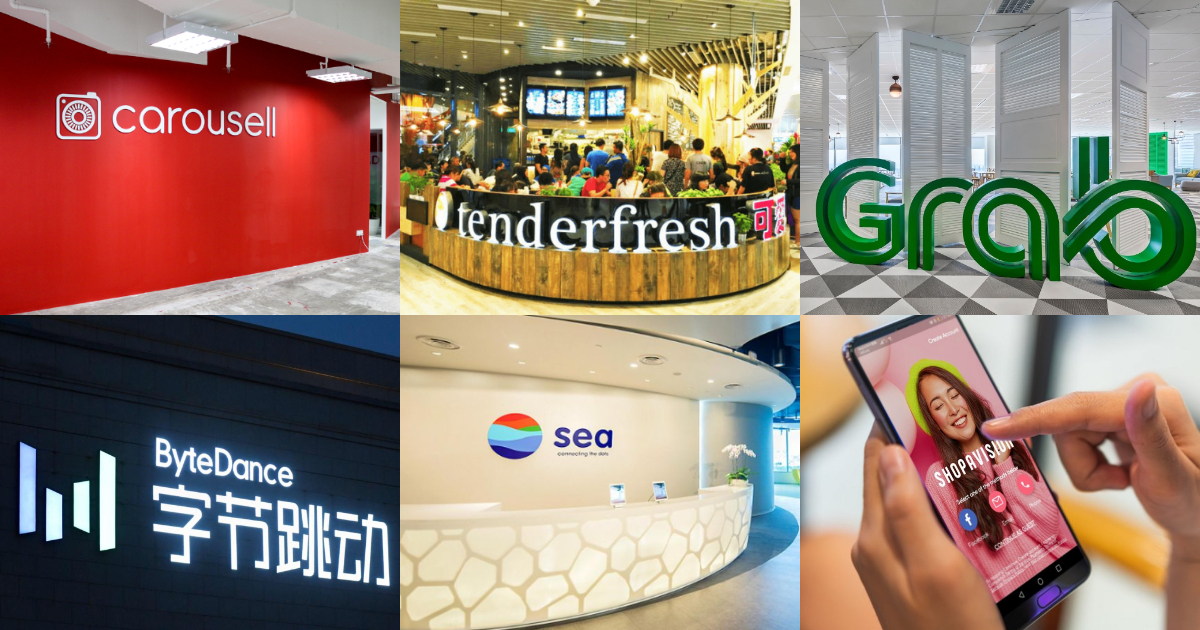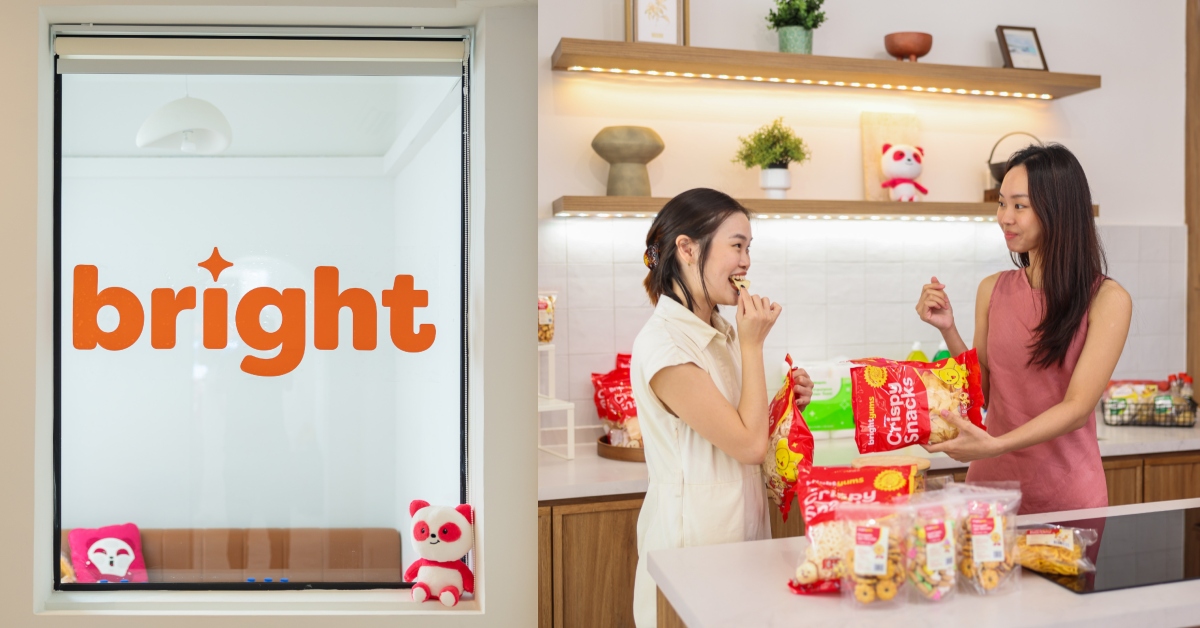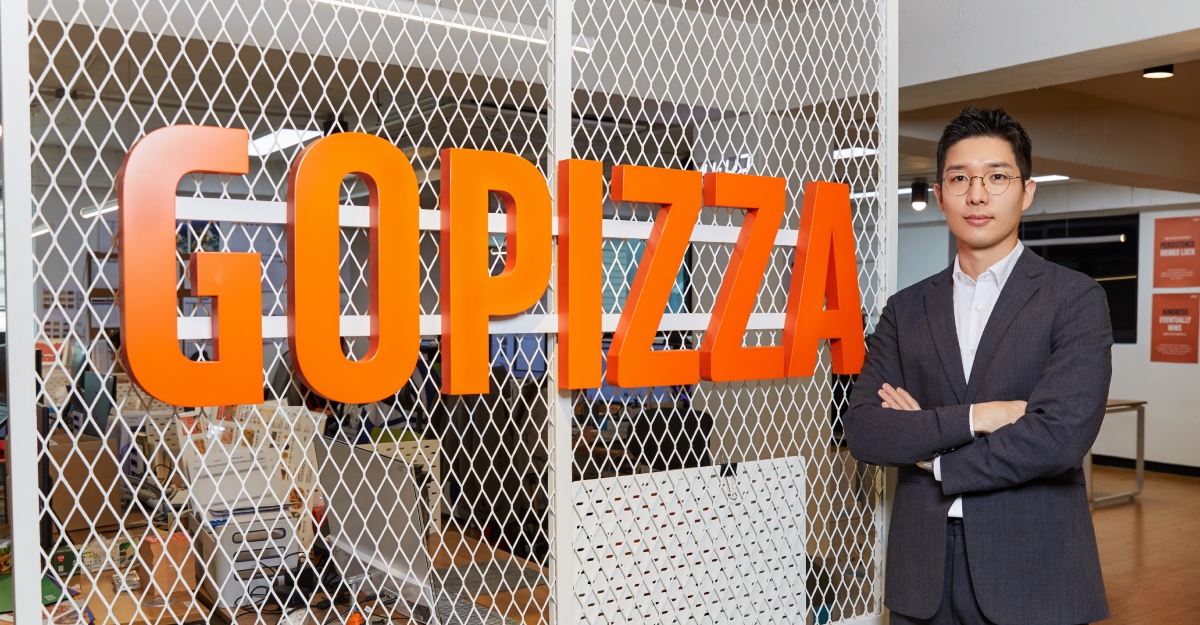As each year reaches the end, it sparks me to sit down and reflect how the year has turned out so far.
What have I gained and learnt? What can I take with me to the next year?
After speaking to entrepreneurs and putting together stories on their business journeys, I can say that I have grasped a thing or two.
From businesses successfully pivoting to those that have called it quits, 2020 has opened my eyes. It was mostly a year of survival, not a year of making great profits.
With this, I have rounded up my personal learnings from writing about startups and businesses.
Digitalisation Breeds Winners And Losers

The rise of smart apps such as GTRIIP or Habitap could potentially eliminate the need for front desk officers or guest service officers.
GTRIIP lets you check in to hotels with a selfie, while Habitap is a smart living app that lets you perform multiple functions such as facilities’ booking or visitor management.
The use of artificial intelligence or robots has always been a thing but with Covid-19, it has been more important than before to minimise human contact.
We saw a rise in kopi robots with Crown Coffee and recently, the RATIO robotic café and lounge. We also saw the increased usage of room service robots in hotels here such as YOTEL as they welcome staycations.
Would baristas and service staff go out of demand?
With these successful implementations, manual tasks will increasingly be overtaken by machines (winners) and more people could lose their jobs (losers).
Making Losses Is Normal

Online marketplace Carousell, which hits its eighth year in 2020, recently became Singapore’s newest unicorn after its merger with Telenor-owned 701Search.
The deal raised Carousell’s valuation to US$850 million (S$1.16 billion), yet it will still be unprofitable.
While boasting its status as the “only US-listed Southeast Asian internet company”, 11-year-old Sea Group made a net loss of over US$944 million in 2018.
Though the Singapore-based startup reported over US$1.2 billion in revenue for the second quarter of 2020, the company has not yet reported a profitable quarter since its IPO in 2017 when it raised US$884 million.
The only segment to turn a profit so far has been its gaming business Garena.
On the other hand, Grab is one company that actually talks about moving its finances out of the reds.
Its co-founder and CEO Anthony Tan told CNBC that the eight-year-old business is currently profitable in some markets, and is aiming to achieve the same in more markets in 2020.
These examples show that startups tend to pump in money to grow the business in the initial stages.
They invest back in their business by hiring new people or expanding their product or service offerings.
It’s Okay To Fail

Entrepreneurs fail all the time — just ask one and they will tell you that.
For one, Chinese tech giant and world’s most valuable startup Bytedance was not an overnight success.
There were lots of trials and errors, losses and wins for its founder — Zhang Yiming — to get to where he is today.
When he founded Bytedance in his four-bedroom apartment in Beijing in 2012, it was his fifth attempt at entrepreneurship.
Meanwhile, Singapore’s real estate mogul Kishin RK has a proven track record, but there was one project that he looked back at with regret.
At 29, he made a US$1 billion (S$1.4 billion) offer for 42 Marriott hotels (totalling over 8,000 rooms) in the UK put up for sale by Royal Bank of Scotland.
The bid secured it a spot among the top three bidders. However, Kishin withdrew the offer, losing out to sovereign wealth fund Abu Dhabi Investment Authority.
Had RB Capital been successful with the acquisition, the UK hotels could have been combined with the group’s Singapore hotels and he would have been one of the largest hotel owners here.
Nonetheless, he calls it his “most successful failure”.
These examples show us that successful entrepreneurs learn from their failures and avoid making similar mistakes.
And if you’re in the startup space, you’ve most likely heard “fail fast” as a way of learning and making quick changes to find product/market fit.
What You Need To Know About Scaling Up And Diversifying

F&B group Tenderfresh‘s founder Jimmy Soh shared that the consistency of food quality is a challenge. That was why in 2018, he invested in a 25,000 sq ft central kitchen facility with automation machinery.
He also knew that he could not just sell fried chicken, so he launched various food concepts from Tenderbest Makcik Tuckshop selling nostalgic tuckshop fare, to hawker-themed restaurant Hawkerman.
For boutique PC brand Aftershock, they decided to diversify and started several new businesses such as PRISM+ and Omnidesk in 2018 to sell monitors and standing tables.
This shows us that as F&B business scale up, they need to manage food quality and decrease reliance on manpower.
Furthermore, we can’t depend on a single product type to sustain the business, and we must diversify to have multiple revenue streams.
Identify A Gap And Address It

The founders of igloohome are big fans of Airbnb but found it troublesome and frustrating when they had to pass keys to their guests, especially when they check in at odd hours.
Even when they were Airbnb guests, they found it a problem to get the keys from the host. That was how they came up with the idea to develop their own smart locks.
Likewise, before starting online restaurant Grain, the founders found themselves asking the same question every single day: ‘What do we eat today?’
They felt that everyday eating should be as easy as a few taps on your phone — not some brain-cracking math question.
That is why they started up Grain, which is a “full-stack”, tech-enabled model that works with their own team of chefs and delivery fleet to offer health-conscious, taste-conscious and everyday meals.
Successful entrepreneurs identify a common pain point or problem, and aim to solve them.
If they come across a pain point, there is a good chance that there are similar consumers who are experiencing the same problem — which opens up a market for it.
Be Prepared To Bootstrap

Foreword Coffee Roasters’ founders bootstrapped their way through the initial stages when they opened their kiosk in National University of Singapore.
Their first source of external funds only came in when they were awarded the youth Venture for Good Grant under the Singapore Center for Social Enterprise (raiSE).
After securing more grants from other organisations, they were able to open full-fledged outlets.
After its conceptualisation in 2017, the team of biotech company ImmunoScape bootstrapped themselves for the first 18 months.
They slept in low-cost hotels and homes each time they travelled for business.
They chased the project payments daily and ended up taking a loan on personal guarantee when their combined contribution almost ran out while actively pitching for funds to replenish our account.
They had to assemble resources from all the co-founders to help fund the seed round when they started the company.
In the initial stages of the business, you may stay in your day job and build your startup during weekday evenings and weekends.
Funding a startup on your own means that you’ll be wearing multiple hats, from HR to marketing, to product development to finance and business development.
If you’re planning on bootstrapping, make sure you have a plan in place, so that you can manage your money wisely.
Lack Of Funding Is Normal

As the company name suggests, Bytedance’s products is related to data. Founder Zhang Yiming’s vision was to push relevant content to users using recommendations generated by artificial intelligence.
This vision, however, was not shared by most venture capitalists, and he failed to secure funding until Susquehanna International Group agreed to invest in the startup — a US$5 million Series A funding.
Drinkaid‘s founder Ryan Foo said that they faced a lack of funds and skills, which he views as common issues that startup founders come across.
Rather than letting it deter them however, they “saw it as an opportunity to acquire the skills necessary for [them] to develop and grow the business entirely by themselves.”
They show that at the start, it takes work to convince someone to invest in you. But this doesn’t mean that you should give up.
Be patient. Eventually someone will come around to funding your business idea if it is a good one.
You Are Expected To Learn Everything And Be Confused

Being a new tech product/platform, Singapore’s first live-streaming app Shopavision encountered difficulties as they researched and developed their system.
There are hardly any plugins nor examples readily available in the market. Payment integration with partners has not been the most smooth-sailing as livestream commerce is an unprecedented new model in Singapore.
For Drinkaid’s founders, none of them knew anything about product or website design so they spent about three months to learn the basics, and another one to two months to implement whatever was learned.
By the time they launched the business, they were capable of creating a website entirely from scratch and create product mockups — just from watching free materials on YouTube.
At the initial stages, you would be trying to cut back on expenses such as hiring professionals.
Most entrepreneurs would wear multiple hats from HR to marketing to accounting as much as possible. This is because hiring people or buying software mean more costs.
Do You Have What It Takes To Run Your Own Business?
Most startup and business founders will say that the entrepreneurial journey is never smooth-sailing.
But do they ever regret their endeavours? Probably not.
Building your own business allows you the freedom and control over the course of your life, having the power to direct it in the ways that you want, rather than working for the whims of others.
Owning your own business means being your own boss, deciding when you work, how you work, and what you work on.
However, you also have to take personal responsibility for failures.
It’s easier to get a job and draw a salary, but these business founders will probably tell you that they don’t regret striking out on their own because it is always more rewarding to build your own venture.
Featured Image Credit: HardwareZone MY / AFP / Sea Limited / Grab / Singapore Franchise Asia / Sg Magazine








